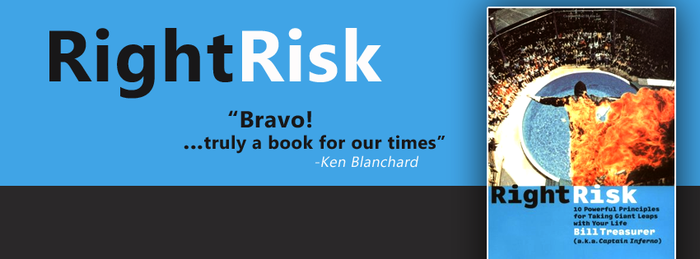In early 1960, Dr. Frances Kelsey was given her first assignment as a new employee with the FDA. After being on the job for only one month, she was asked to evaluate an application for a new drug by the pharmaceutical company Richardson-Merrell. The drug, being marketed under the name Kevadon, was manufactured by a German company, Chemie Grunenthal. Kevadon had already achieved widespread use in 46 countries throughout the world as a sleep aid and as a cure for morning sickness during pregnancy.
Some of the drug’s main benefits, according to the manufacturer, were that it was non-addictive, safe for pregnant women, and lacked unpleasant after-effects. Surely, such a beneficial drug would have no trouble sailing through the FDA application process. Kelsey explains, “They gave it to me because they thought it would be an easy one to start on.”
They were wrong. Years earlier, while researching various cures for malaria, Kelsey learned that drugs could pass through placental barriers between an unborn child and mother. Reviewing the data on Kevadon, Kelsey felt the absorption and excretion data were inadequate. She also felt that the chronic toxicity studies were too short, the data were too anecdotal, and the controls on the manufacturing process had shortcomings. Thus numerous times she rejected the application.
Richardson-Merrell was anxious to get Kevadon approved. Christmas season, the high season for sales of sleeping pills and sedatives, was fast approaching. The Richardson-Merrell representative was frustrated. He put pressure on Kelsey, making frequent phone calls and numerous personal visits. He even went so far as to complain to Kelsey’s bosses that she was being overly stringent and unnecessarily delaying the drug’s approval. Nevertheless, despite tremendous pressure from Richardson-Merrell, and despite the fact that the drug had already achieved world- wide popularity, Kelsey remained anchored to her convictions: in her words “I think I always accepted the fact that one was going to get bullied and pressured.”
Dr. Kelsey’s suspicions about Kevadon proved grimly accurate. First, in December 1960 the British Medical Journal published a letter by a physician who had prescribed the drug to his patients. The doctor had noticed an unusually high number of cases of peripheral neuritis (a painful tingling in the feet and arms) among his patients who had taken the drug for an extended period. At the same time, a disturbing phenomenon started to emerge throughout Europe. Babies were being born with severe deformities, including abnormally short limbs, fin-like arms, and toes growing from the hips. Finally, a German pediatrician, Widukind Lenz, discovered that over 50 percent of the mothers with malformed babies had taken the same drug during their first trimester. The culprit? Kevadon—a drug now known more infamously by its unbranded pharmaceutical name, thalidomide.
Because they often defy the strong wishes of others, Right Risks can make us unpopular in the short run. In the long run, however, Right Risks are often rewarded.
As a direct result of Dr. Kelsey’s efforts, a landmark drug law was approved to strengthen the FDA’s control on drug experimentation involving humans. What’s more, on August 7, 1962, President John F. Kennedy personally bestowed the highest civilian honor on Dr. Frances Kelsey—the Distinguished Federal Civilian Service award. Forty years later, she was inducted into the National Women’s Hall of Fame. However, none of these awards can match the gratification Dr. Kelsey felt from knowing that her resistance to immense pressure ultimately prevented thousands and thousands of deformed babies.
Photo Credit: MiguelGandia




